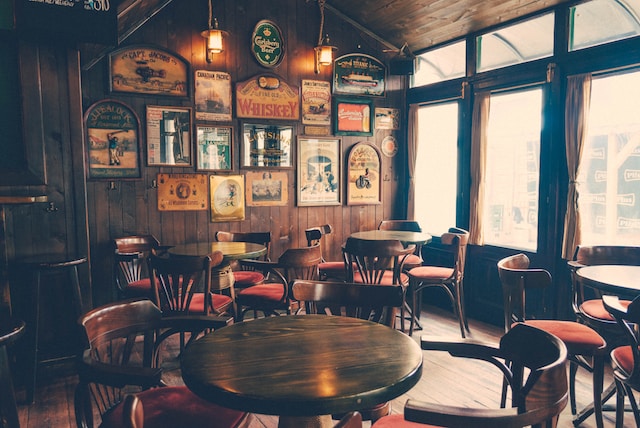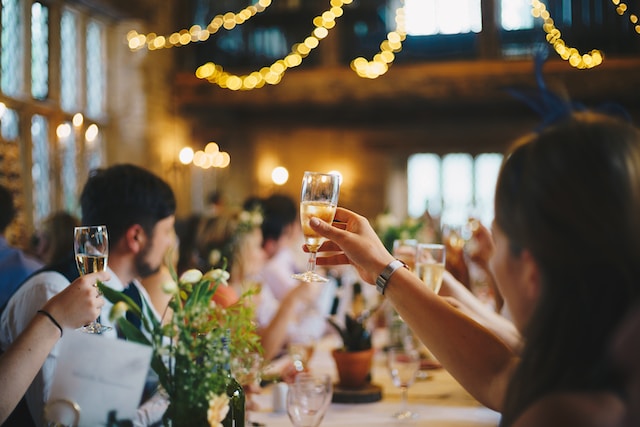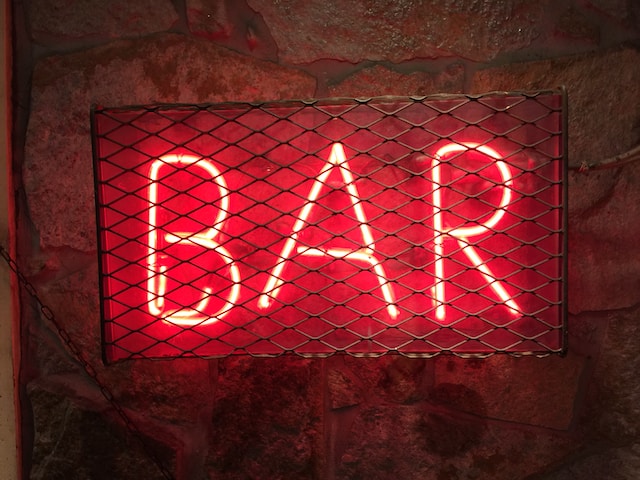British pub culture has a rich historical background and has profoundly influenced the social and cultural aspects of the UK as an essential place for socialising, business meetings, and leisure. This article delves into the core elements of this culture, focusing on two most common drinking establishments: the "pub" and the "bar."

Source: Unsplash
The term "pub" is an abbreviation for "Public House," which literally means "public dwelling." It first appeared in the 16th century, referring to places that offered various alcoholic beverages and snacks. Since Roman times, there were inns and restaurants in England similar to pubs, which provided food and accommodation for travellers. Early pubs often opened their living rooms to strangers for drinking, gradually evolving into the present-day bars – local social hubs for people to chat, drink, and connect. Over time, pubs have become an integral part of British society, offering more than just food and accommodation; they have become places for socialising, relaxation, and entertainment.
By the 16th century, there were nearly 20,000 pubs across the UK, and according to the latest government statistics, there are now nearly 50,000 pubs. Research data shows that 33% of Britons visited a pub approximately every 4 days in 2021. Bars have become essential venues for hosting birthday parties, company events, and gatherings among friends.

Source: Unsplash
The Significance of British Pubs to the British People
British pubs are not just about promoting drinking culture; they serve as vital local social hubs and an indispensable part of social and cultural life. Almost every street in the UK has a pub, from the big cities like London, Manchester, to smaller towns, and even if there are no supermarkets or convenience stores, there will be a pub. These community pubs serve as gathering places for locals to bond and connect emotionally. Britons not only visit pubs for socialising but also attend various activities regularly, such as music nights, pub quizzes, stand-up comedy performances, live football matches, or New Year's Eve celebrations. As a result, pubs are present throughout the lives of the British people, from young to old.
Pubs generally have a friendly atmosphere with antique decorations and furnishings, offering a variety of beers, especially traditional Cask Ale. Many pubs also provide "pub food" such as Fish and Chips, Pie and Mash, and more. The typical alcoholic choices for Britons at the pub include Lager, Bitter, Pale Ale, Stout, and Porter. For those who prefer a lighter option, they might go for a Shandy, which is half beer and half lemonade, or Ginger Beer.

Source: Unsplash
Common types of beers you'll find in a pub include:
- Lager: The most common type of beer, with a golden colour and a refreshing taste, brewed at low temperatures.
- Ale: Fermented at a higher temperature, offering rich flavours and various brewing processes.
- Stout: Brewed with roasted grains, resulting in a higher alcohol content.
The Distinction between Pubs and Bars
Although "pub" and "bar" share some similarities, there are distinct differences in British pub culture.
Firstly, pubs and bars often have different atmospheres and styles. Pubs are usually cosier and more traditional, emphasising a sense of community and family. Many pubs have regular patrons and frequently hold various events like music nights and quiz nights. On the other hand, bars are often more modern, trendy, and diverse, ranging from upscale cocktail bars to lively nightclubs.

Source: Unsplash
Secondly, the drink offerings in pubs and bars differ. While both may serve various alcoholic beverages, pubs mainly focus on beer and cider, especially traditional Cask Ale. Bars, on the other hand, are more likely to offer a wide range of cocktails and international brands of spirits.
Finally, pubs usually provide food and have dedicated dining areas. Many pubs offer typical "pub food," whereas bars may only provide snacks or no food at all.
In conclusion, while both pubs and bars are part of British pub culture, they each offer a unique experience. Whether enjoying a pint of Cask Ale in a traditional pub or savouring a sophisticated cocktail in a chic bar, both provide excellent ways to immerse yourself in British pub culture. Remember, the British pub is like a local community hub, gathering people together, preserving local history, stories, and unique architectural features. While enjoying dinner and drinks with friends and family, it's essential to drink responsibly, ensuring both safety and a joyful experience.